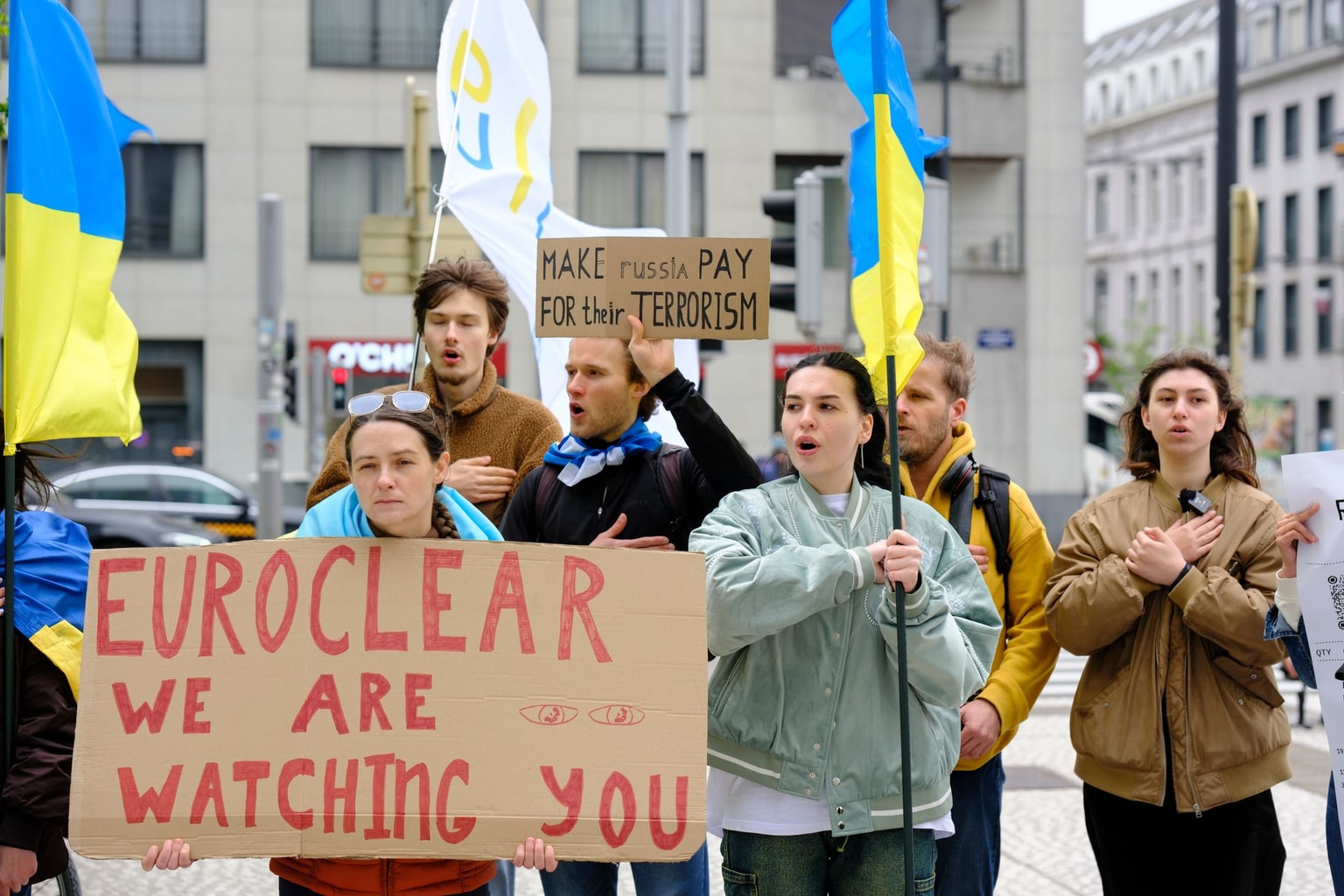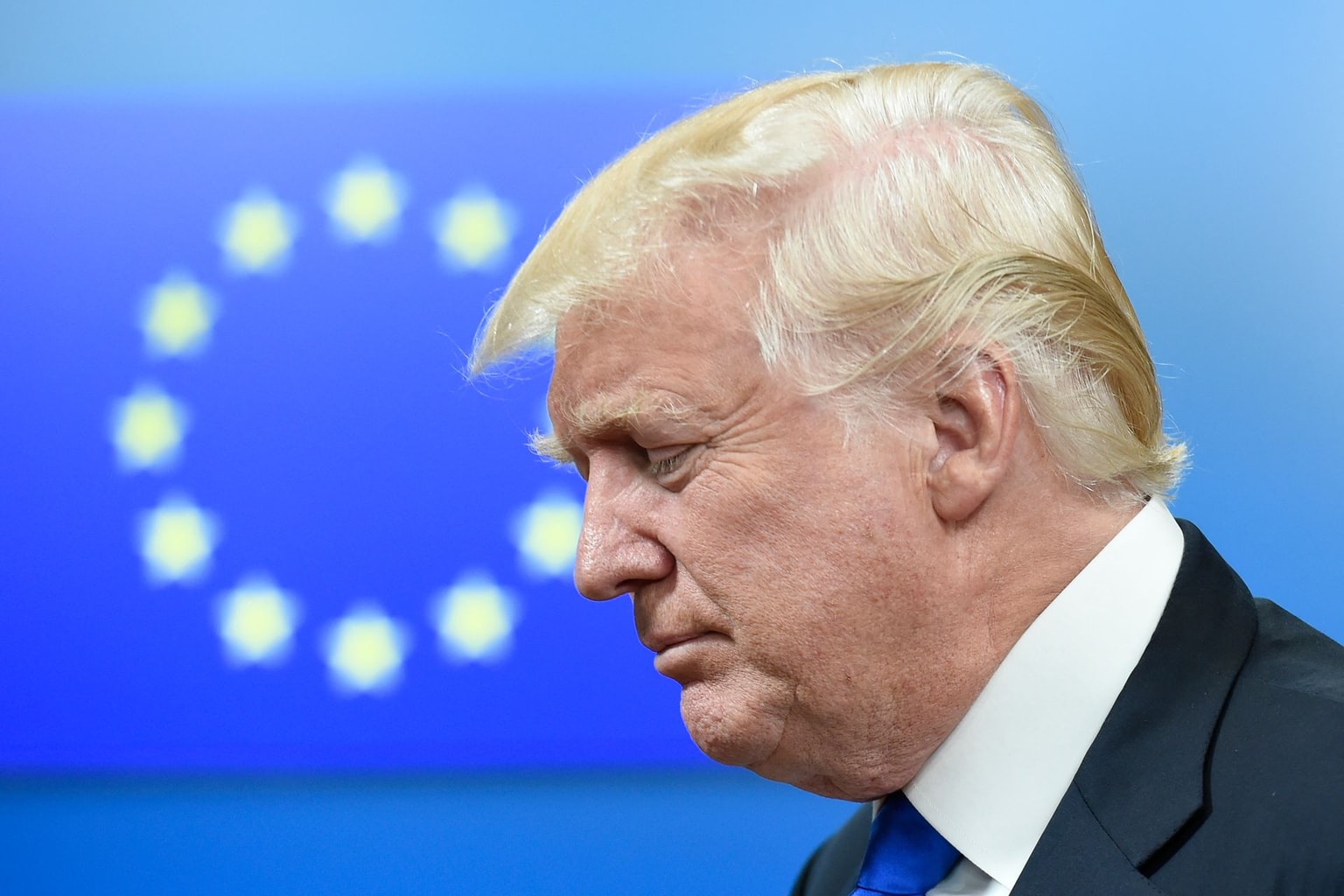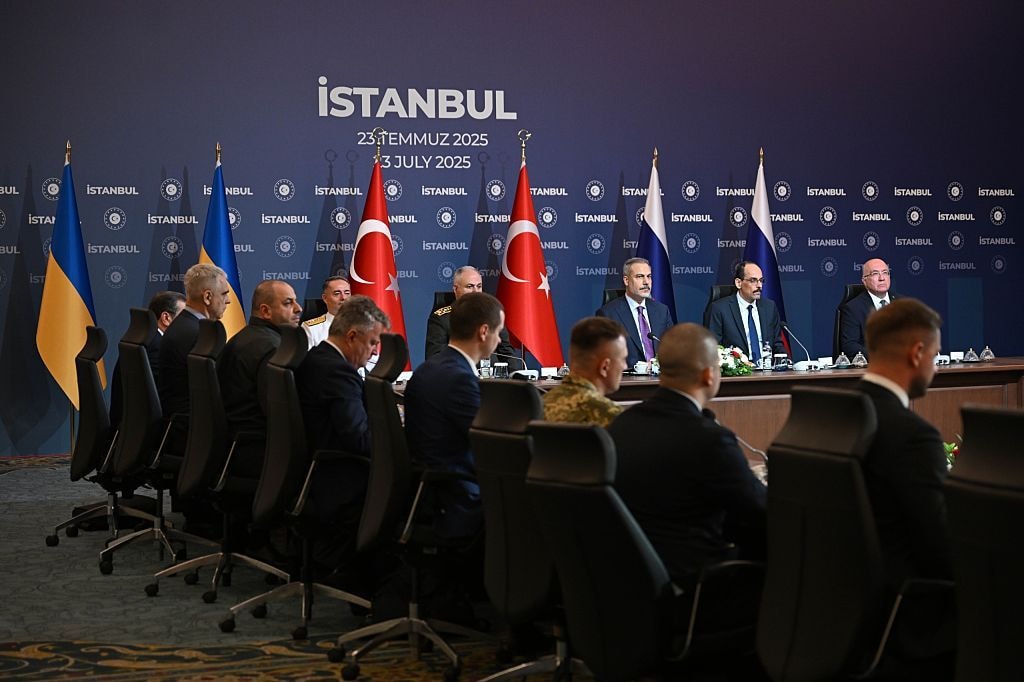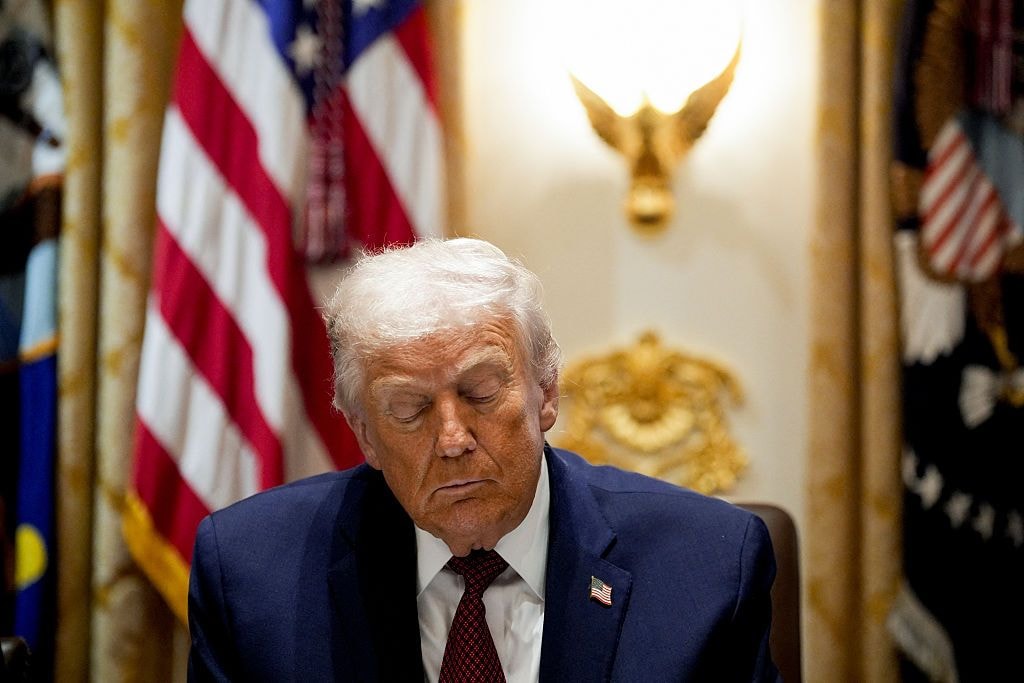UK Defense Ministry: Russian attacks shift focus from energy to defense industry

Recent Russian long-range strikes against Ukraine primarily targeted defense industry targets, in contrast with last year's attacks that prioritized energy infrastructure, the U.K. Defense Ministry said in its latest intelligence report on Jan. 3.
Moscow began intensifying its attacks against Ukrainian cities in recent days, launching particularly massive waves of drones and missiles on Dec. 29 and Jan. 2.
This possibly temporary shift in strategy indicates that Russia recognizes the importance of relative defense industrial capacity in anticipation of a protracted war, the U.K. Defense Ministry believes.
Ukrainian officials said the country will ramp up domestic defense production in 2024. Deputy Defense Minister Ivan Havryliuk revealed last November that the manufacturing of missiles and other arms is expected to increase several times this year.
According to President Volodymyr Zelensky, Ukraine will produce 1 million drones in 2024, recognizing the importance of this weaponry on Ukrainian battlefields.
Defense Minister Rustem Umerov also noted that Kyiv plans to prioritize domestic arms production and invited foreign partners to get involved in making arms in Ukraine.
In spite of this, Ukraine's energy infrastructure has not been left untouched by Russian attacks in recent weeks.
The U.K. Defense Ministry estimated earlier that Russian strikes on Dec. 7 marked the start of a concentrated campaign targeting energy infrastructure. However, these were not followed up by attacks on the scale of those Ukraine saw in the past few days.
Following the Jan. 2 strikes, Ukraine's Air Force said that Moscow targeted both industrial and military facilities and critical infrastructure. Power lines were damaged in Kyiv Oblast, causing outages and temporarily leaving 260,000 residents without electricity.
During the previous winter, Russian attacks aimed to heavily degrade Ukraine's energy grid, causing blackouts amid freezing temperatures.











